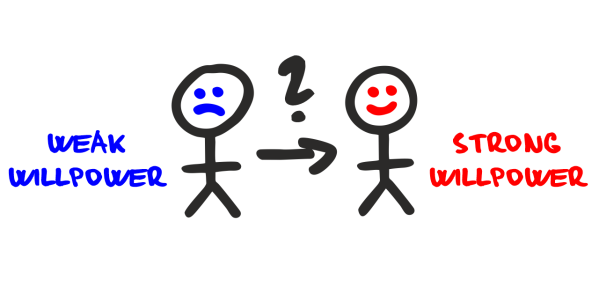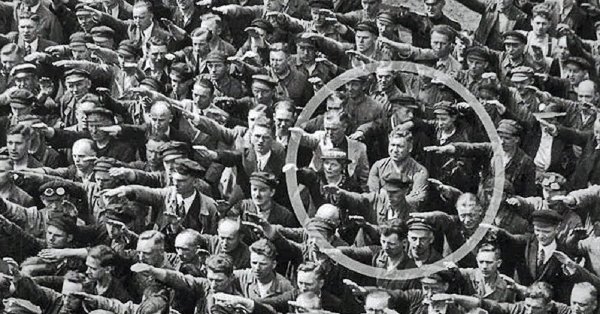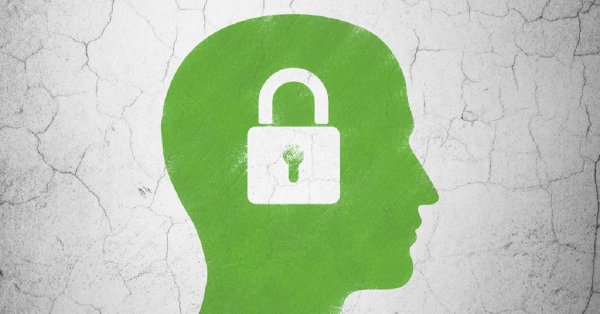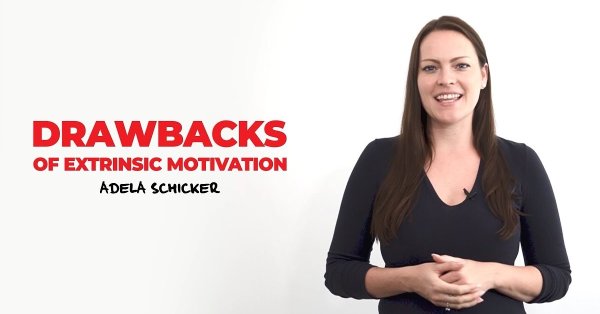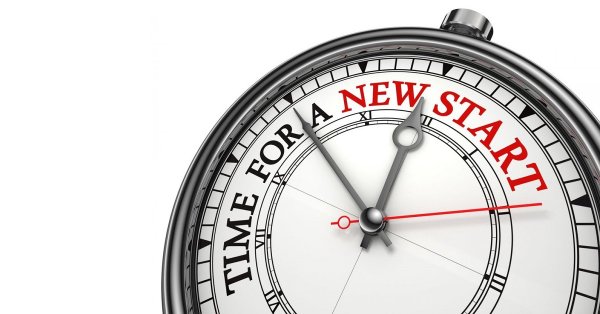Blog article
Decision Paralysis: How To Stop Overthinking Your Choices
Posted by Petr LudwigIf we want to find out why people procrastinate it's important to understand the phenomenon of decision paralysis.

Complicated choices result in postponed decisions
Choice is an essential part of life and being able to make choices for ourselves is a requirement for happiness. Yet, having more choice isn’t always a good thing. For instance, have you ever stood in the aisle of a supermarket unable to choose between 50 different flavors of yogurt? This inability to choose is known as decision paralysis (and also known as choice paralysis or analysis paralysis) and it is an insidious enemy.
Decision paralysis occurs when we have to select from options that are difficult to compare. Simply stated, decision paralysis can be described as having such a tough time choosing between action A or B that we pick action C or do nothing at all.
The more options we have in front of us, the harder it becomes to choose one. In addition, as complexity or importance is increased, the amount of energy the analysis takes out of us increases, as well. In fact, having to make a choice at all creates negative emotions, which can lead to decision fatigue or a delay in making the decision. In many cases, even if a decision is made, decision paralysis exhausts the decision maker so much, that he or she doesn’t have any energy left to carry out the action itself.
This is an important concept for understanding procrastination because when we're supposed to do two important things, but we don’t know which to start first, we often don’t do either.
“People don’t make decisions based on what’s the most important, but based on what’s the easiest to evaluate.”
-- Barry Schwartz, psychology professor
Instead, we start procrastinating. We start watching a television series, browse through the statuses of our friends on Facebook, or we head out to join our friends at a pub. Instead of filling out a tax return, we walk around the office and water the plants. Have you ever wondered why students have the tidiest rooms during exam periods? When we don’t know where to begin, even cleaning seems like a good idea.
Decide To Live A More Fulfilled Life With Our Book
Study: How American retirees procrastinated on their retirement plans
What could go wrong with giving more choice?
Researchers from Columbia University analyzed more than three-quarters of a million Vanguard clients, an investment group, and found that, contrary to common intuition, having a greater number of retirement saving plan options decreased the percentage of people who started saving towards their retirement. That is, the more saving options employees received, the lower the percentage of people who chose any retirement saving plan.
Every 10 additional options lowered the number of people participating by about 2%. When there were 5 options, 70.1% of people managed to pick one. When there were 15 options, only 67.7% chose one. And when there were 35 options, only about 63.0% of employees chose a saving plan.
The general trend in the US market, however, is an explosion of choice. In fact, the number of retirement savings options doubled from 1998 to 2002, which certainly led to employees postponing their decision on what saving plan to choose. Undoubtedly, this procrastination brought many problems to people. Don’t you think having fewer retirement choices to analyze and a higher savings rate would have helped soften or prevent the financial crisis in the 21st century?
Study: To operate or not? Slightly frightening decision-making in doctors
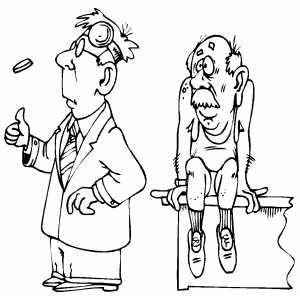
In another study about the human decision-making process, about three hundred physicians were introduced to a patient who had osteoarthritis, a hip problem. The doctors were told that the patient tried all the well-known medicines. The researchers asked the doctors what they would do. By and large, the doctors sent the patient to surgery for a total arthroplasty hip replacement. Then their choices were examined under two different conditions.
In the first scenario, doctors were told just before surgery that one more medicine existed that wasn’t used by the patient for the existing hip problem. The doctors were asked how they would proceed in the light of this new information. In this case, most of the doctors canceled the operation and advised the patient to try the new medicine.
In the second scenario, the doctors were once again told right before surgery that there was another option available. However, this time there were two forms of medicine that the patient didn’t try. In this scenario, many more doctors proceeded with the patient’s surgery. Just half of the doctors decided to try the new options.
Adding one more medicine to choose from resulted in a significant increase in the number of doctors that proceeded with the surgery. This research shows that procrastination is higher with an increase in choices and challenging decisions. People in such cases often choose the default option, which in this study was a very unpleasant surgical operation.
Perhaps by adding one more medicine to choose from would have resulted in a significant increase in the number of doctors that proceeded with the surgery. This research shows that a common cause of higher rate is due to an increase of more variables and challenging decisions. People in such cases often choose the default option, which in this study was a very unpleasant surgical operation.
“The more a decision problem seems complex, the more we tend to choose the default option.”
-- Dan Ariely, psychology professor
It’s not just about the difficulty in choosing, but also the regret that follows
Won’t more options make us happier in the long run?
The paradox in decision paralysis isn’t just about the difficulty in making a choice. Another unexpected problem is that when we choose from more options, there’s a bigger chance of regretting our decision.
The problem is we tend to think about what would have happened if we had picked something else. We keep thinking about what life could have been like with the other option and that leads us to be far less satisfied with what we actually chose.
This isn’t very ideal when we think about what college to go to, or what job or life partner to choose from. As it turns out, regret presents itself mainly when the option can be changed retrospectively. When a choice is final, people are actually happier with their decision. It could be a possible reason why an increasing number of partners are unsatisfied and divorce. The easier it is to change the partner, the less we are satisfied with them. Even if he or she does everything perfectly.
“The greater amount of choices we have, the easier it is to regret and find imperfections in our past decision.”
-- Barry Schwartz, psychology professor
Study: Discontent pictures
Dan Gilbert from Harvard University and Jane Erbert from MIT conducted a research study finding to what extent people regretted past decisions. The study was carried out in a Harvard photography course. Students took many photographs throughout the course, and at the end, they were allowed to choose and frame two of their favorite photographs.
At the end of the study, the students were told that they could only take one of the two photos home.
Half of the students had to choose their photo right away without the option of changing their decision later. The other group of students had to choose one photograph, but they were offered the opportunity to change their decision later. In this case, students could change the chosen photograph whenever they pleased throughout the next week.
During the course of the experiment, the student’s satisfaction with their chosen photograph was measured across the two groups. The conclusion of the study showed that when the students had the opportunity to change their minds, they were significantly less satisfied regarding their selected photograph. Those that couldn’t change their decision were, on the contrary, much more satisfied in the future than they were right after selecting their photograph.
The second part of the experiment tested how closely people could predict their future satisfaction. The students were given a choice in courses to attend the following year. One course would give the students the option of choosing two photographs and then let them keep one without being able to change the decision. The other course gave the option of changing the decided photograph.
Since the students who could choose between two photos for a week were less happy, the better choice would be to choose the first course. However, most of the students chose the second course: The one that allowed them to change their decision and also the one that made them less happy. The students chose to leave the back door open, even though the first part of the study revealed that having a loophole, in fact, lead to dissatisfaction in the future. People voluntarily decided to choose the scenario that led to significantly less satisfaction in the end.
How can you use this knowledge about decision paralysis? How can you win against decision paralysis and increase your effectiveness?
Further reading about decision paralysis
You can read more about decision paralysis and procrastination in the first chapter (31 pages) of the book The End of Procrastination which is available for free.
VIDEO: Surprising Science of Happiness
VIDEO: Why do people procrastinate now more than ever?
This video is part of an online course. If you want to learn more about how to procrastination and be more efficient, check it out.
Additional sources
- Research: Huberman, G.; Iyengar, S.; Jiang, W: Defined Contribution Pension Plans: Determinants of Participation and Contributions Rates. issue 31, 2007: pg. 1--32. http://www.springerlink.com/index/10.1007/s10693-007-0003-6
- Research: Redelmeier, D. A., Shafir E.: Medical decision making in situations that offer multiple alternatives. Jama The Journal Of The American Medical Association, issue 273, no. 4, 1995: pg. 302--305. http://www.ncbi.nlm.nih.gov/pubmed/7815657
- Research: Gilbert, D.; Ebert, J. E. J.: Decisions and revisions: The affective forecasting of changeable outcomes. Journal of Personality and Social Psychology, issue 82, no. 4, 2002: pg. 503--514. http://doi.apa.org/getdoi.cfm?doi=10.1037/0022-3514.82.4.503
- Book: Ludwig P., Schicker A.: The End of Procrastination: How to Stop Postponing and Live a Fulfilled Life. New York: St. Martin's Essentials, 2018, ISBN 978-1250308054, 272 pg.
- Book: Schwartz B.: The Paradox of Choice: Why More Is Less. New York: Harper Perennial, 2005, ISBN 978-0060005696, 304 pg.
- Book: Iyengar S.: The art of choosing. Twelve, 2010, ISBN 978-0446504102, 352 pg.
- Book: Gilbert D.: Stumbling on Happiness. New York: Knopf, 2006, ISBN 978-1400077427, 336 pg.
- Book: Ariely D.: Predictably Irrational: The Hidden Forces That Shape Our Decisions. New York: HarperCollins, 2008, ISBN 978-006-135323-9, 294 pg.
